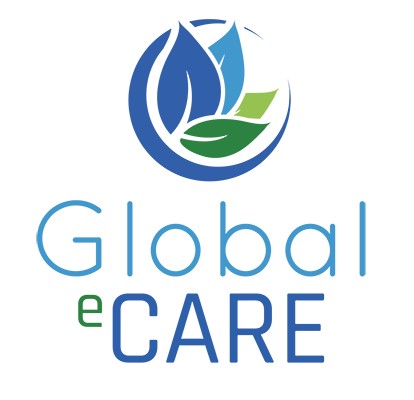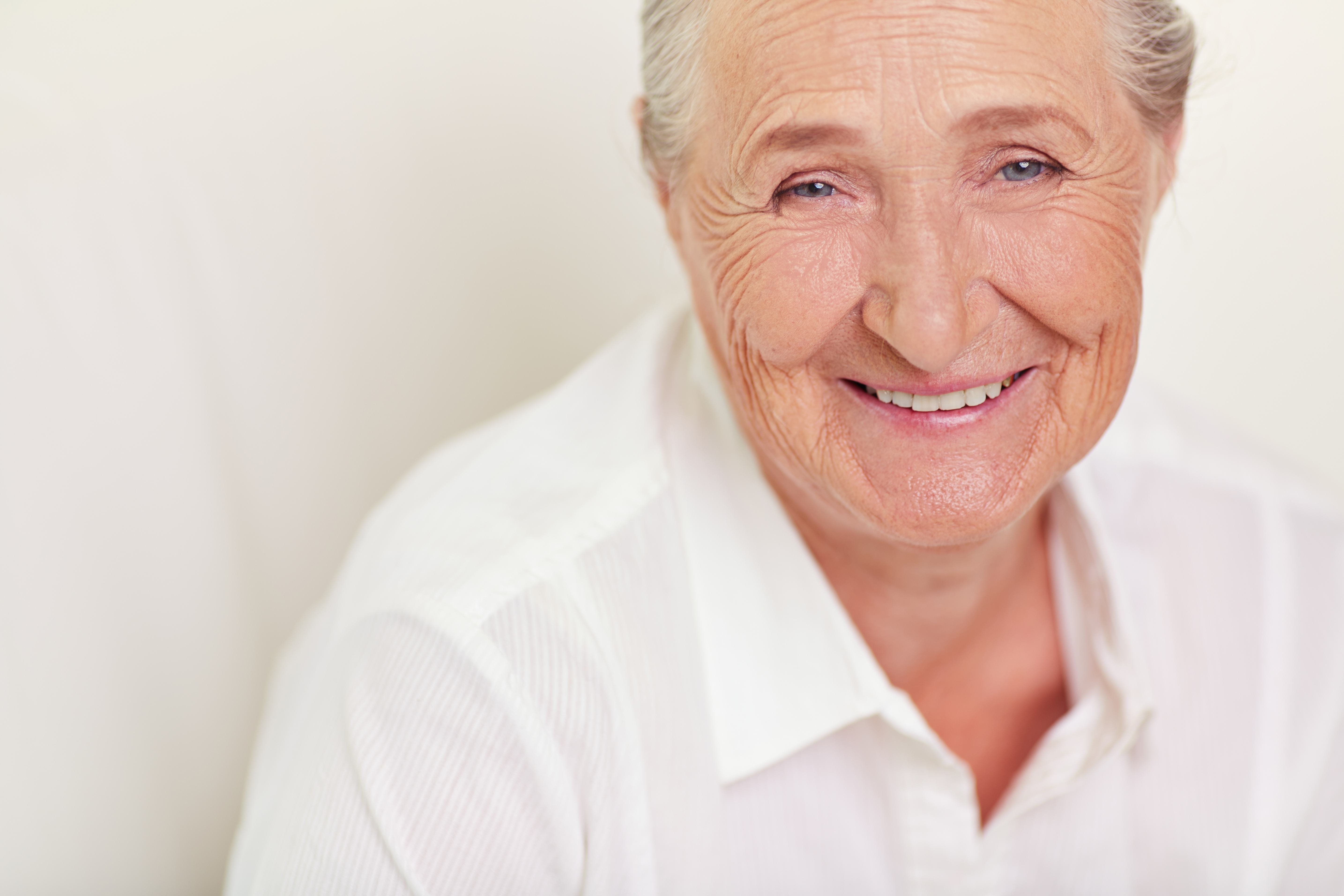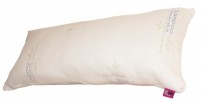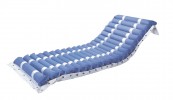How to prevent pressure bedsores
Published :
2017-06-26 16:36:41
Categories :
News
Tips to prevent ulcers
Indeed, when facing diseases or aging symptoms, pressure bedsores prevention is absolutely important. In this way, it’s completely important to protect people against potential problems which may lead to future diseases.
In spite of this, there are many factors related to previous health problems suffered by the patient which sometimes can entail severe complications. However, our purpose is to carry out a prevention work to hamper both its emergence and its worsening (major difficulties to cure these diseases.)
Some recommendations are exposed below:
Concerning skin care:
- Check daily the skin status: Color, texture, turgidity, vascularization, humidity and temperature. This examination will be more extended in diabetic patients or having circulatory troubles.
- Keep the patient’s skin clean and dried with special attention to skin folds.
- Patients must be bathed with warm water and soap or PH neutral gel to eliminate sweat and secretions (without altering its natural acidic protective barrier). This washing has to be carried out as many times as necessary depending on the needs of the patient (sweating, obesity, incontinence, etc.)
- Do not use alcohol nor colognes on the skin. In any case, camphorated alcohol can be used to improve the vasodilation of tissues (blood circulation improvement).
- The use of moisturizing or emollient creams is absolutely important to correctly hydrate the skin (good absorption).
- Massages are good to activate blood circulation and also to improve relaxation’s effect. In this way, massage softly both the skin and the subcutaneous tissue (bony prominences mustn’t be massaged.)
- When changing bedding it’s important not to leave folds on the under-sheet (possible emergence of bedsores). The rest of clothes mustn’t put pressure on the patient’s body.

Transfer and repositioning processes:
-Bedridden patients must follow a transfer plan every 3 hours with a determined rotation sequence. The patient mustn’t be dragged out of bed to change his body position (emergence of bedsores due to frictions).
- Do not put pressure both on risk zones and bony prominences. Use anti-bedsore products such as bootees, elbow pads, knee pads, etc.
- Develop a rehabilitation plan to improve patient’s mobility.
- Keep body alignment and weight distribution.
- The raised position of the headboard mustn’t exceed a 30º angle if the patient remains in this position for a long time.
- Water, silicone, foam and alternating pressure air mattresses as well as cushions, pillows, anti-bedsore sheets, heel pads or elbow pads can be used as accessories. In this way, these products don’t replace transfer processes because its use only relieves pressure all over the support surface.
- When the patient is lying on his lateral side, the hip bone mustn’t be pressed by the body. Apart from head pillow, it’s advisable to place one pillow between his legs to spread them and therefore relieve zone’s pressure. In this way, another pillow will be placed to support the back of the patient in a 45º or 60º angles. Legs will remain lightly flexed in a right angle with the feet.
- When the patient is lying on his back, heels must remain in a raised position by placing a vascular or cylindrical pillow under them. Heels mustn’t touch each other.
- When the patient is seated, transfer processes will be carried out each hour.
- Progressive ambulation must be developed as much as possible.
General cares:
- Good hydration and healthy eating.
These tips will improve pressure bedsores of patients in question. Therefore, these tips will also be effective in healthy patients (bedsore’s prevention).









